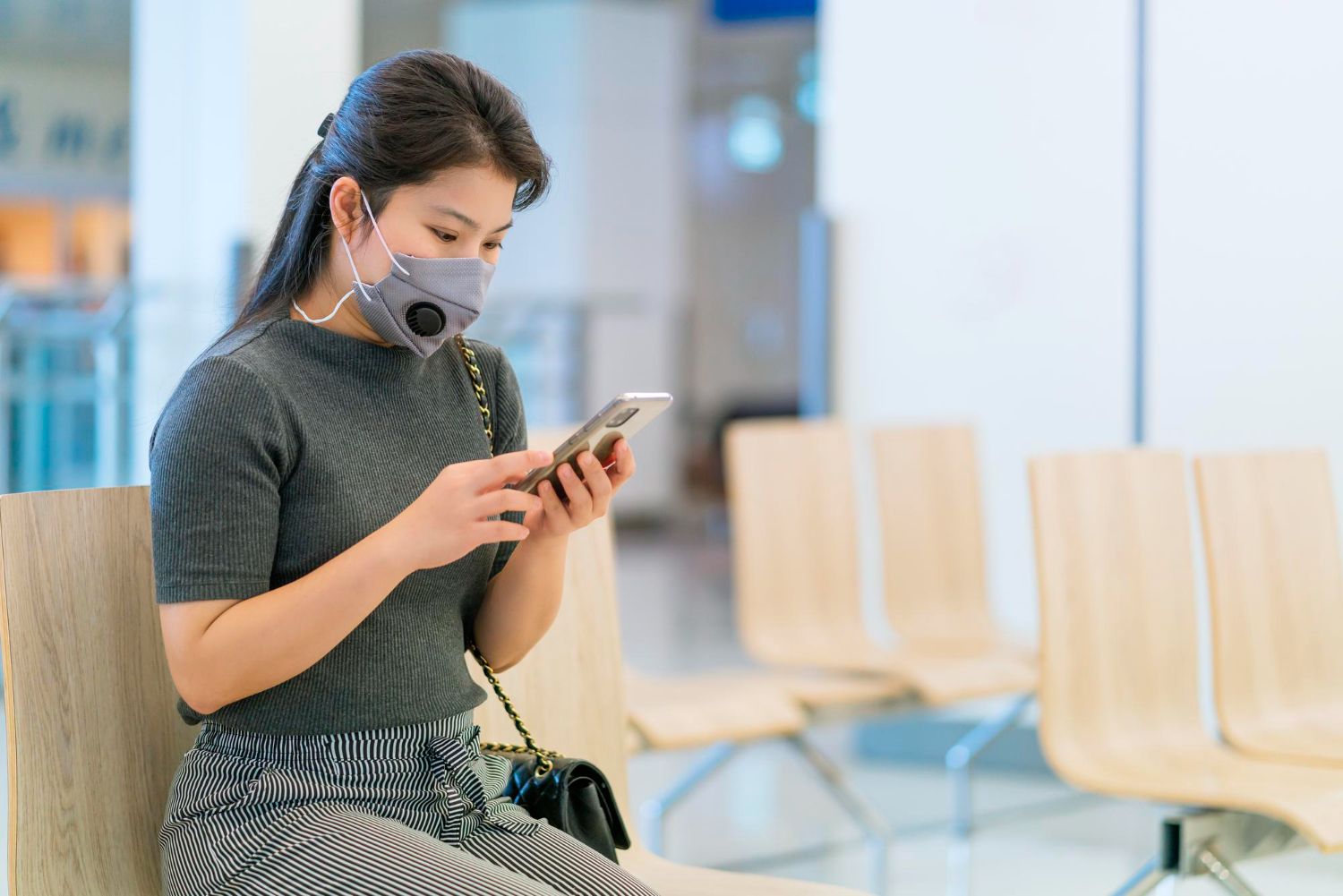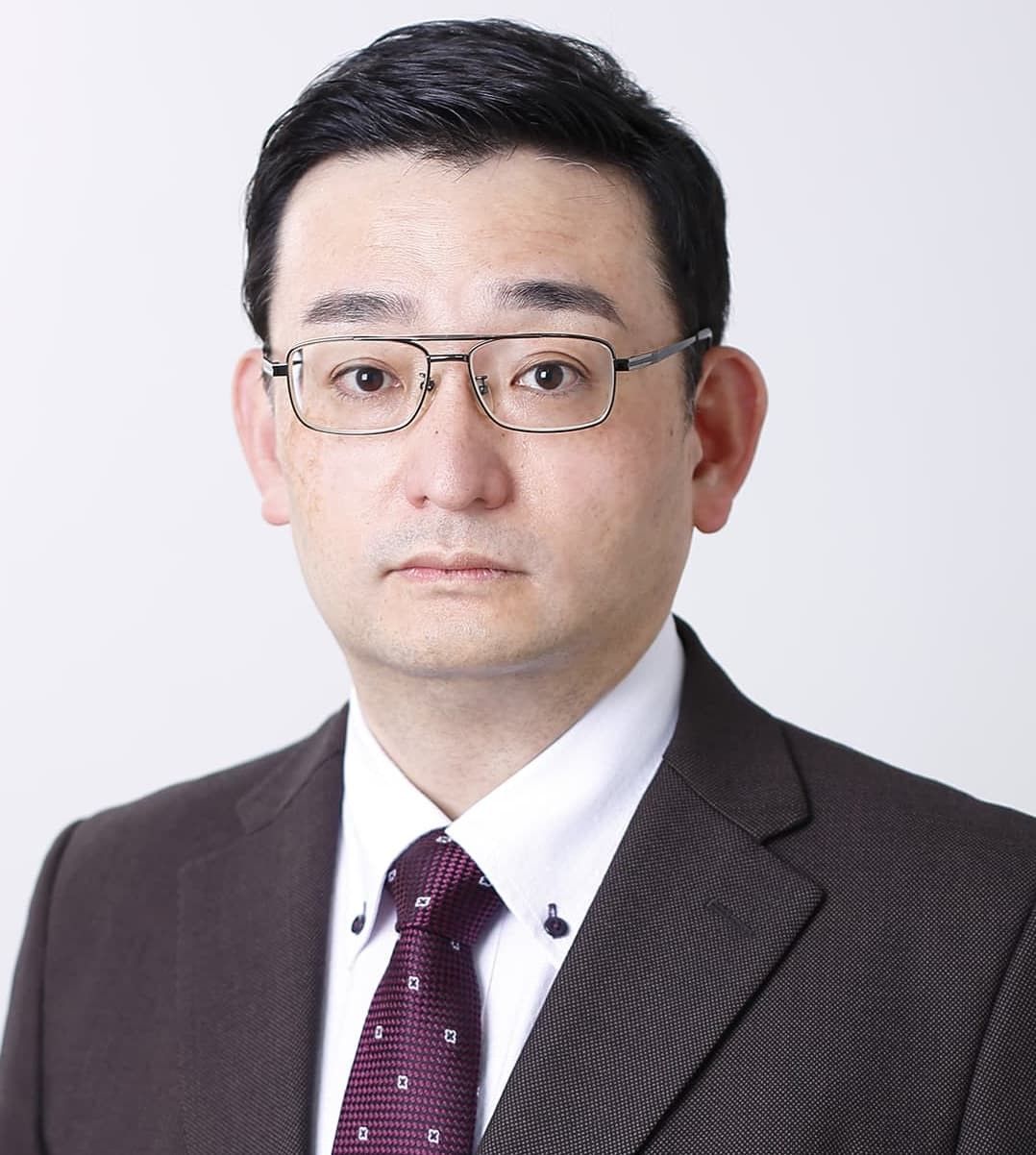Inside Kyoto University Hospital’s cutting-edge hospital information system
)
Director of KUH’s Medical Information Technology & Administration Planning department, Prof. Kuroda Tomohiro, shares how the hospital is applying IoT and AI
Doing away with long queues for patients, and cutting manual tasks and paperwork for staff: these were the two central objectives behind Kyoto University Hospital’s (KUHP) longstanding efforts to develop and adopt smart healthcare technologies.
A large-scale teaching hospital in the Kyoto Prefecture with over 1,100 beds and almost 4,000 staff, KUHP is a hub for referral and specialist care as well as research, development and training.
In particular, its Medical Information Technology & Administration Planning department works to ensure smooth, effective flow of information across the hospital for better efficiency and quality of care.
This involves the field of medical informatics – a cross between medicine and engineering – which focuses on collection and analysis of relevant data for insights into improving hospital management, said Prof. Kuroda Tomohiro, director of the department.
His team’s responsibilities include management of KUHP’s comprehensive medical record system and information infrastructure, backed by bluetooth, Internet of Things (IoT) and AI technologies.
|
Prof. Kuroda Tomohiro
|
Seamless integration between devices and EMR
Over the years, the hospital’s smart technology implementation has garnered national and global recognition, including a spot on Newsweek’s Best Smart Hospitals 2024 list. Back in 2011, the hospital began exploring ways to smoothen the flow of information between medical devices and patient records. |
Traditionally, nurses took patients’ vital signs (such as body temperature and blood pressure) and recorded them manually one by one into the patient records. This was time-consuming and tedious, noted Prof. Kuroda.
The hospital’s solution was to leverage on IoT and Bluetooth devices. Each nurse carries a Bluetooth emitting device, whose signal is captured by a sensor next to the patient’s bed upon the nurse’s arrival. This allows the system to record information about the attending nurse and location immediately.
After the nurses use devices such as blood pressure machines and thermometers to obtain patient readings, they simply have to scan the device on a separate NFC reader. The readings will be shown on the screen for the nurses’ confirmation to be added into the patient’s electronic record.
With this process, nurses no longer have to manually key in information, which cuts their workload and saves them a significant amount of time, said Prof. Kuroda.
Bluetooth-enabled app for fuss-free patient experience
In another application of Bluetooth technology, the team rolled out a Bluetooth-enabled app for patients early last year.
With the app’s Bluetooth functionality turned on, the hospital would be able to track if the patient has entered the hospital premise, as well as their real- time location within the premise. This would be useful for doctors, who can call in only patients who are already present in the waiting room.
The app will also prompt patients on their next steps, and guide them to complete these online where applicable. For example, once the patient’s consultation is done, they will be prompted on the app to select their next step: payment, send their prescription sheet to the pharmacy, or complete their visit. Almost all steps can be done online.
Said Prof. Kuroda: “The biggest problem we heard from our patients was the long waiting times. So we tried to identify the actions or steps that the patients can actually do outside of the hospital, so what they need to do within the hospital is just attending their appointment.
“As a patient myself, with the app, I do not have to wait more than 30 minutes in the hospital. I just need to be at the clinic before my appointment time – I do not have to do anything within the hospital before or after that. Everything can be done easily with my mobile phone.”

Exploring the next frontier in Gen AI
Besides IoT and mobile apps, KUHP has also joined in the AI fray.
The hospital has a MOU in place with Google, signed in 2021, to advance AI technology and medical research, shared Prof. Kuroda.
It is currently using Google’s Gemini large language model, which boasts advanced reasoning, translation and code generation capabilities.
It has also begun testing the use of a Gen AI-driven solution in summarising doctors’ notes and automating discharge summaries, to further cut time-consuming documentation tasks.
So far, the team is ‘very satisfied’ with the technology named ‘CocktailAI’, he revealed. A research study into the solution, conducted since October 2023, revealed that 56% of generated text is usable as is or with minor modifications, and other 36% usable with additional information. In total, it was shown that documentation workload can be reduced for 92% of documents.
Amidst all the action around new systems and technologies, though, it’s crucial that hospitals do not forget about the human side of things – engaging and educating staff to have them onboard.
“The biggest challenge is convincing the doctors or nurses to use a new technology, and at the same time, making them understand the limitation of each technology,” Prof. Kuroda explained.
“Some may be too excited with a new technology and forget about the risks and the possibility that systems can make mistakes. In the case of AI, the risk is much higher, because AI is not a function-based system and may not provide the same answer for the same question at the same moment. Users need to look at the answers and think about the risks or possible errors. We regularly conduct e-learning and education sessions with our staff (to educate them on these issues).”


